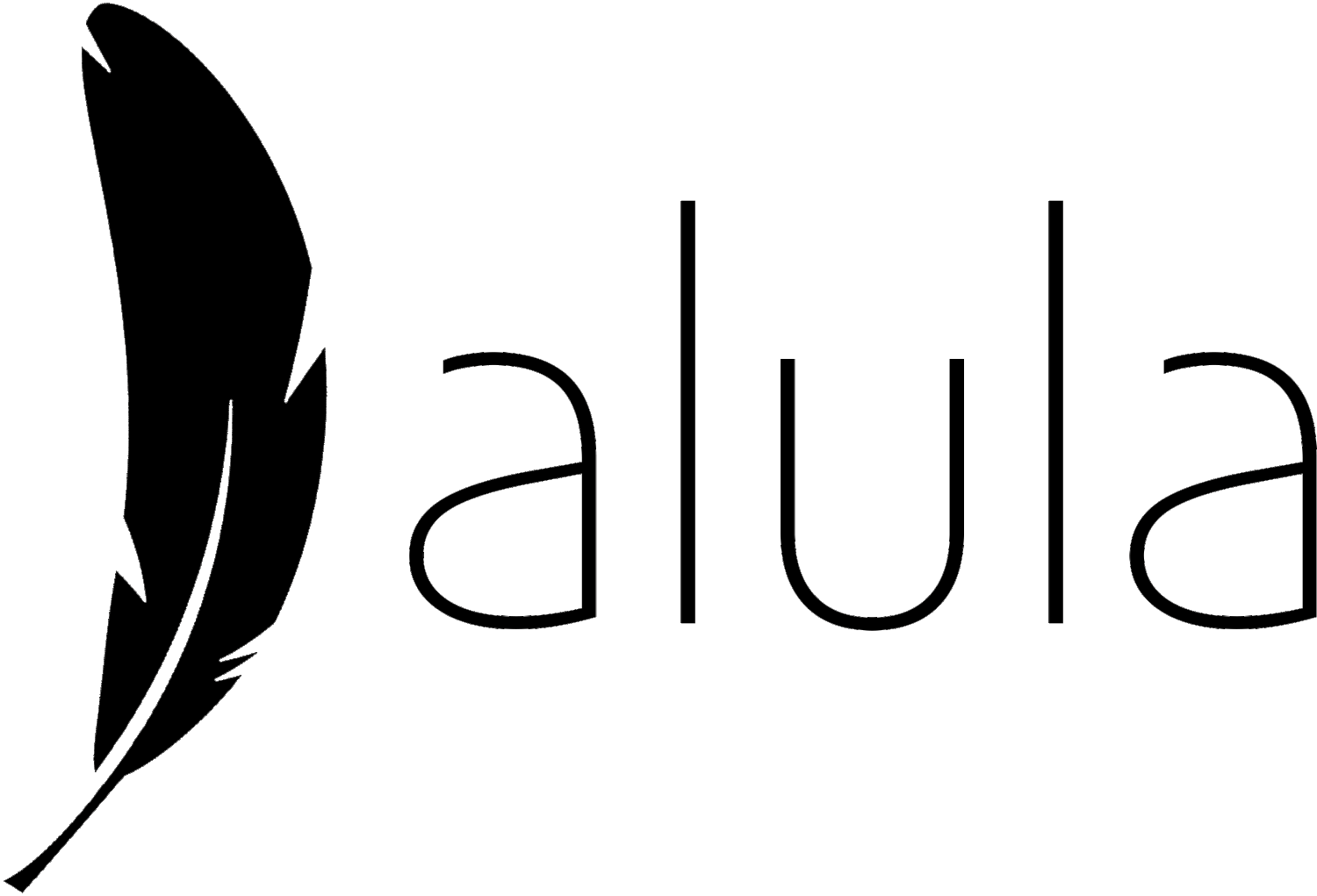How to Make Everyday Spaces More Inclusive for People with Disability
Inclusion Is Built, Not Assumed
Inclusion isn’t just about access — it’s about atmosphere. A space can have ramps, lifts, and signage and still feel exclusive, overwhelming, or unsafe for someone living with disability.
At Alula, we believe inclusion is something you create with intention. It’s in the layout of a room, the pace of conversation, the tone of voice, and the flexibility of routines. Every small detail can help someone feel safe, respected, and empowered.
In this blog, we’re sharing practical tips on how to make everyday environments more inclusive — whether you're a support worker, a family member, or someone wanting to foster community.
🔍 What Is an Inclusive Environment?
An inclusive environment is one where everyone feels safe to participate, express themselves, and belong, regardless of ability. That includes physical, sensory, emotional, and cultural aspects.
It’s not about designing “special” spaces — it’s about making existing ones more usable, respectful, and responsive for a wide range of needs.
🧭 Core Principles of Inclusive Environments
Let’s break inclusion into 5 practical areas where you can make a real difference:
1. Physical Accessibility
It starts with the obvious — but even accessible spaces can overlook important details.
Checklist:
Clear, wide pathways (no clutter or trip hazards)
Low-stimulation lighting (soft, indirect)
Adjustable seating or quiet corners
Accessible bathrooms with grab rails
Visual markers for exits or key rooms
Pro tip: Ask: “Could someone with a mobility aid, sensory difference, or support animal feel welcome here?”
2. Sensory Considerations
Many participants are neurodivergent or have sensory processing challenges. A busy space can be distressing without even meaning to be.
How to help:
Offer noise-cancelling headphones
Use unscented cleaning products
Avoid fluorescent lighting where possible
Create “quiet zones” during group activities
Let participants choose where they sit or stand
Support moment:
“One participant I work with prefers sitting near a window with their back to the wall — it gives them a sense of calm and control. Now we set that up by default.”
3. Communication Inclusivity
Not everyone uses spoken words — but everyone communicates. The way you talk, present information, or give instructions matters.
Tips:
Use visual cues, gestures, and plain language
Repeat instructions clearly, without rushing
Be patient — give time for processing or response
Respect AAC devices, signing, and assistive apps
Confirm understanding (don’t assume)
Phrase swap:
Instead of: “Do you understand?”
Try: “Would you like me to explain it another way?”
4. Emotional Safety
True inclusion means people feel emotionally safe — free from judgement, pressure, or forced participation.
What helps:
Ask before touching or helping
Let participants take breaks without explanation
Validate feelings (“It’s okay to feel unsure”)
Watch for non-verbal cues of discomfort
Avoid language like “good behaviour” or “being difficult”
Support isn’t about managing — it’s about walking beside. Emotional safety creates trust, which leads to growth.
5. Cultural Inclusion
Inclusion must go beyond disability. It needs to reflect a person’s full identity — including language, culture, religion, gender, and community.
Cultural inclusion might look like:
Using a participant’s preferred name and pronouns
Supporting dietary restrictions or rituals
Learning greetings in a participant’s first language
Respecting religious practices or prayer time
Celebrating cultural events or stories that matter to them
Ask:
“Is there anything from your culture or background that you’d like me to understand or include?”
